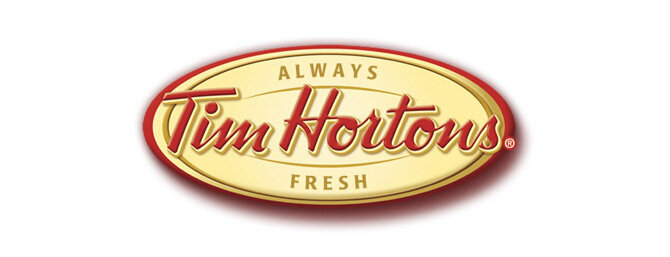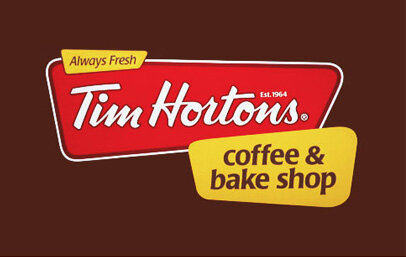Iconic Identities: Tim Hortons
Tim Hortons is the Canadian famous coffee and donut chain
Updated: March 13, 2023
Canadians are familiar with the Tim Hortons brand because it is a fixture of Canadian lifestyle. The Tim Hortons brand (or Timmy’s) coffee and donuts have become a Canadian cultural icon.
The Conception of Tim Hortons Restaurants
In the earlier days of the famous donut shop, customers saw photos of the NHL hockey player on the walls of a franchise restaurant. My first history lesson on Tim Horton was from my dad. He told me while sitting at the counter on one of the 60’s looking orange-brown stools that Tim Horton “told his team members he wanted to open a coffee shop and they all laughed at him… but he did it anyway.”
🔎 Click to enlarge
Tim Hortons was founded in 1964 in Hamilton, Ontario, Canada, offering two products—coffee and donuts. Horton realized one day his NHL hockey career would end and so he looked for a prosperous business opportunity, deciding to invest in the coffee and donut business.
The Tim Hortons’ website writes, “Sadly, Tim did not live to witness the chain’s great success. He was traveling back to Buffalo from a game at Maple Leaf Gardens when he was killed in an automobile accident on February 21, 1974. The Buffalo Sabres retired his Number 2 sweater as a tribute to his memory. At the time of Tim’s death, there were 40 Tim Hortons restaurants.”
Random facts about Tim Hortons:
Two highlighted and popular donuts in the early days were the Apple Fritter and the Dutchie.
The chain's first doughnut store opened on May 17, 1964 under the name "Tim Horton Donuts". The name was later abbreviated to "Tim Horton's" and then changed to "Tim Hortons" without the possessive apostrophe.
Tim Hortons is bigger than McDonalds in Canada. That is, Tim Hortons sells more food in Canada than McDonalds does. In 2021, Tim Horton's gross sales was over 8.2 billion Canadian dollars with McDonald's ranked second with six billion in gross sales.
Who Designed the Tim Hortons Logo
The iconic identity of Tim Hortons is based on Tim’s signature. The handwriting or script-based logo elements takes many changes through the evolution of the restaurant chain operations, yet the handwritten font script has never changed. You will find the iconic handwritten logo on signage, mugs, paper cups, donut and the famous Timbits take-away boxes. As well, product packaging such as the original coffee canister or the signature coffee bean bags to brew at home.
The Tim Horton Logo Elements
The identity always carries the handwritten script font, Tim Hortons, usually in red, but sometimes reversed in white on a red and yellow oval. The original yellow and brown oval logo with red type was used on signage and on brown take-out coffee cups or one colour printed on white glass mugs. Today the brand has been simplified and reduced to one Tim Hortons (or Tims) in the red handwriting on white paper take-out cups.
Tim Hortons—Original Logo
Tim Hortons—Handwriting Script Logo
Tim Hortons—Always Fresh Tagline
Tim Hortons—New York Version of Logo
The Tim Hortons Brand
Tim Hortons is a brand we have incorporated into our lives and lexicon with phrases like “Timmy’s run?” or how about a “Timmy break!?”. If you are not Canadian, most people would ask “Who’s Tim?” but every Canadian knows who the iconic “Timmy” is.
The brand incorporated the tagline “Always Fresh” into the logo, originally in a second oval. Although when the baked goods and other food products were no longer served fresh at individual franchises, the brand changed the tagline to be “Canada’s Favourite Coffee”.
Tim Hortons was famous for the promotion “Roll Up The Rim To Win” which offered a possible prize-winner under the paper cup rim. In 2020, Tim Hortons U.S. announced they would change the promotion to be digital through the Tims Rewards app for sustainability. It was also as a preventative measure for public safety during the COVID-19 pandemic.
🔎 Click to enlarge
In Summary
Share with us what you love about the iconic Tim Hortons identity? Why not share your comments on Twitter or Instagram.
Past Article comments
We recently redesigned and migrated all our blog content to a new website platform (Squarespace) and wanted to retain comments shared over the years on the first published article. Here are screenshots with comments discussing the iconic Tim Hortons brand identity.
The original article was published on October 5, 2012.
Click to enlarge 🔎












